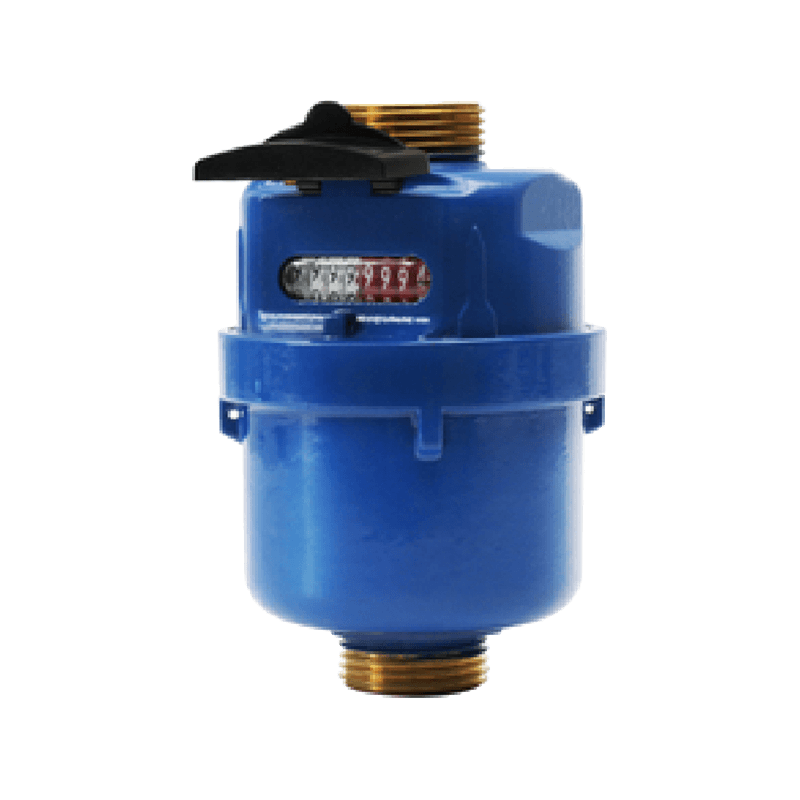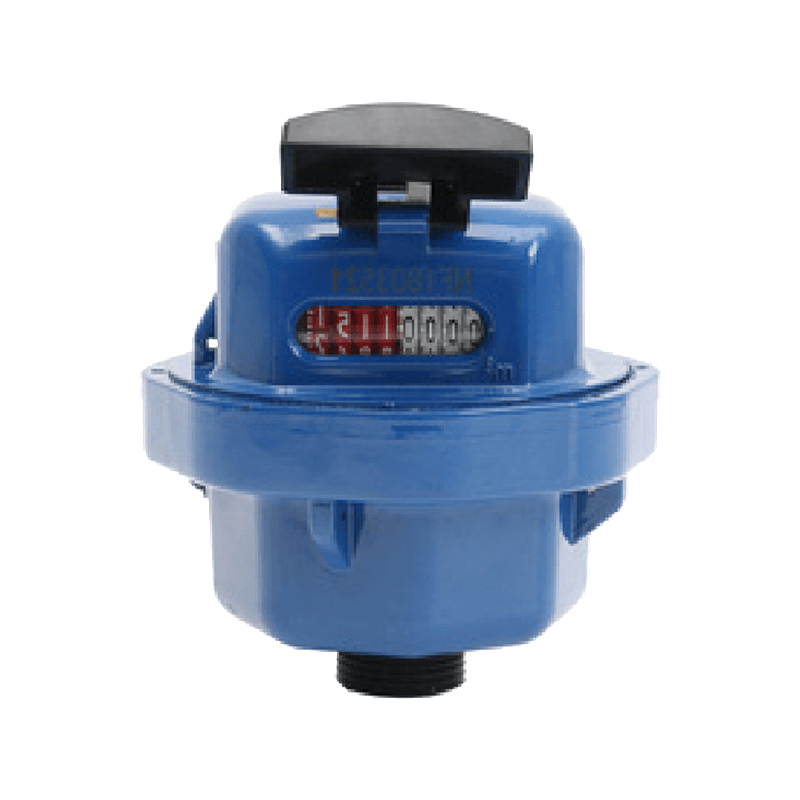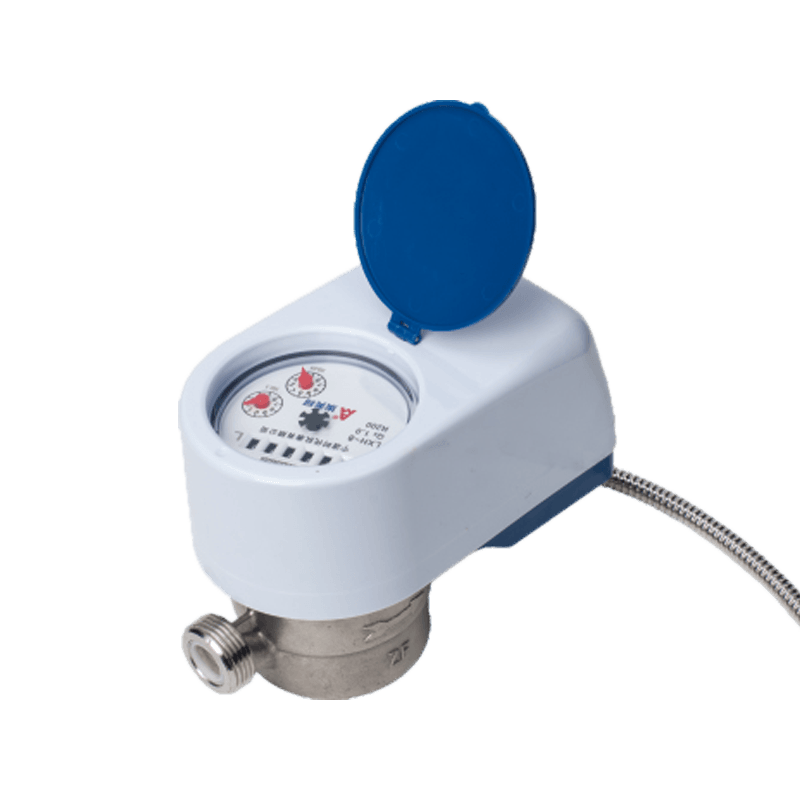1. End-to-End Encrypted Transmission
Wireless Water Meters use symmetric encryption (such as AES, ZUC) to encrypt the water usage data reported by the meter, ensuring that even if the signal is intercepted, it cannot be deciphered.
Asymmetric encryption or digital signatures are used for critical commands (such as valve control) to prevent forgery or tampering.
2. Identity Authentication and Access Control
Access control is implemented through unique device identifiers (MAC address or serial number), allowing only registered meters to join the network.
Two-factor authentication or certificate-based identity verification is introduced to ensure that all interactions between the backend management system and field devices are legitimately authenticated.
3. Integrity Verification and Anti-Tampering Mechanisms
CRC checksums or hash digests (such as SHA-256) are added to data packets, allowing the receiving end to quickly verify data integrity.
Digital signature technology is used to sign critical commands to prevent command tampering caused by man-in-the-middle attacks.
4. Security Management System and Audit
Establish a mechanism for regular risk assessment, log auditing, and abnormal traffic monitoring to promptly identify and address potential security incidents.
In accordance with the requirements of the National Network Data Security Management Regulations, formulate institutionalized processes for data encryption, backup, access control, and other technical measures.



 English
English 中文简体
中文简体




